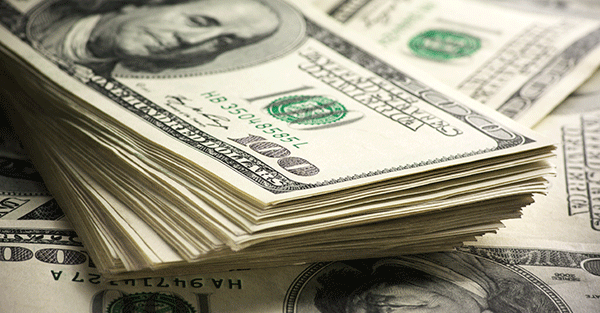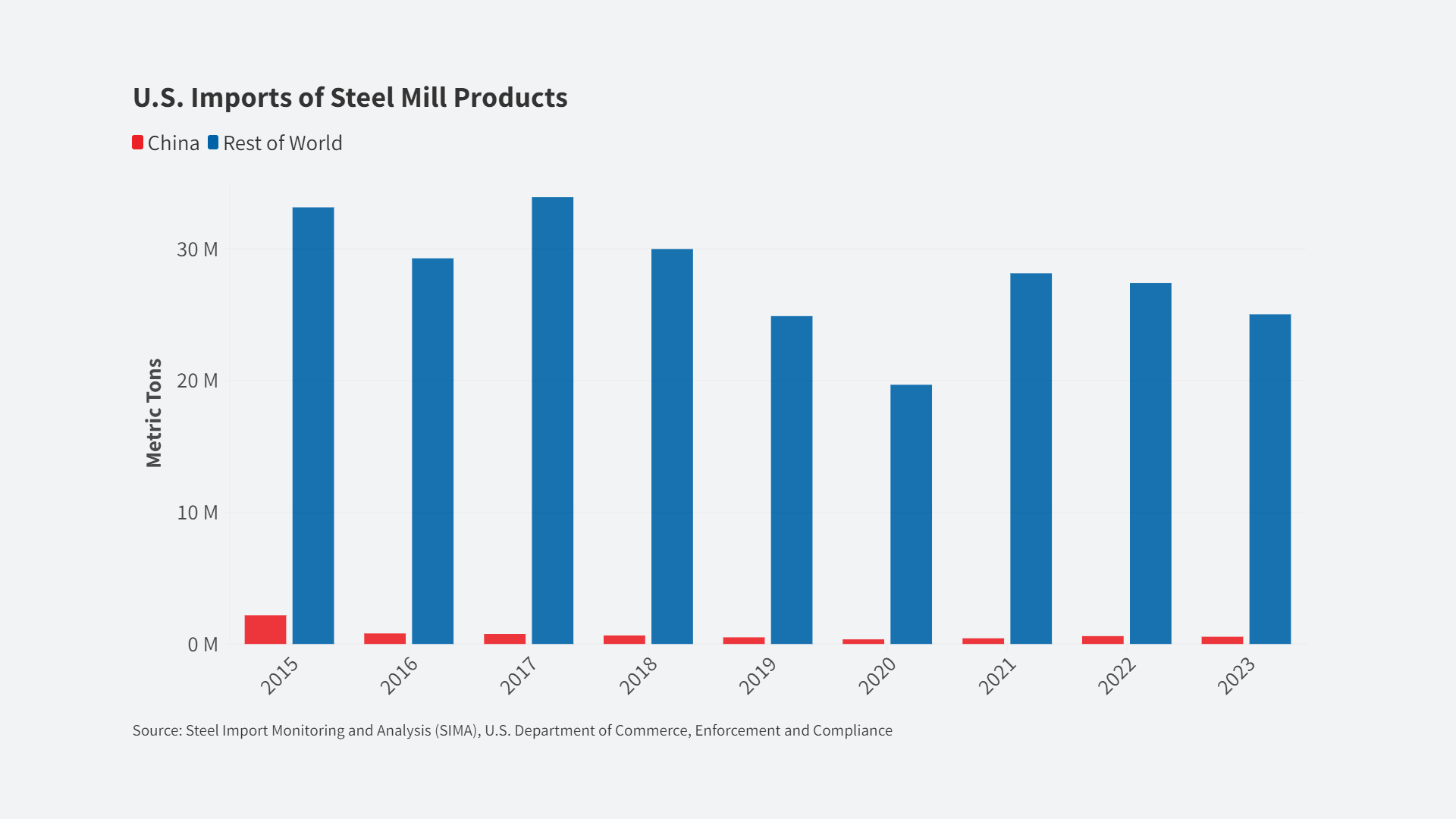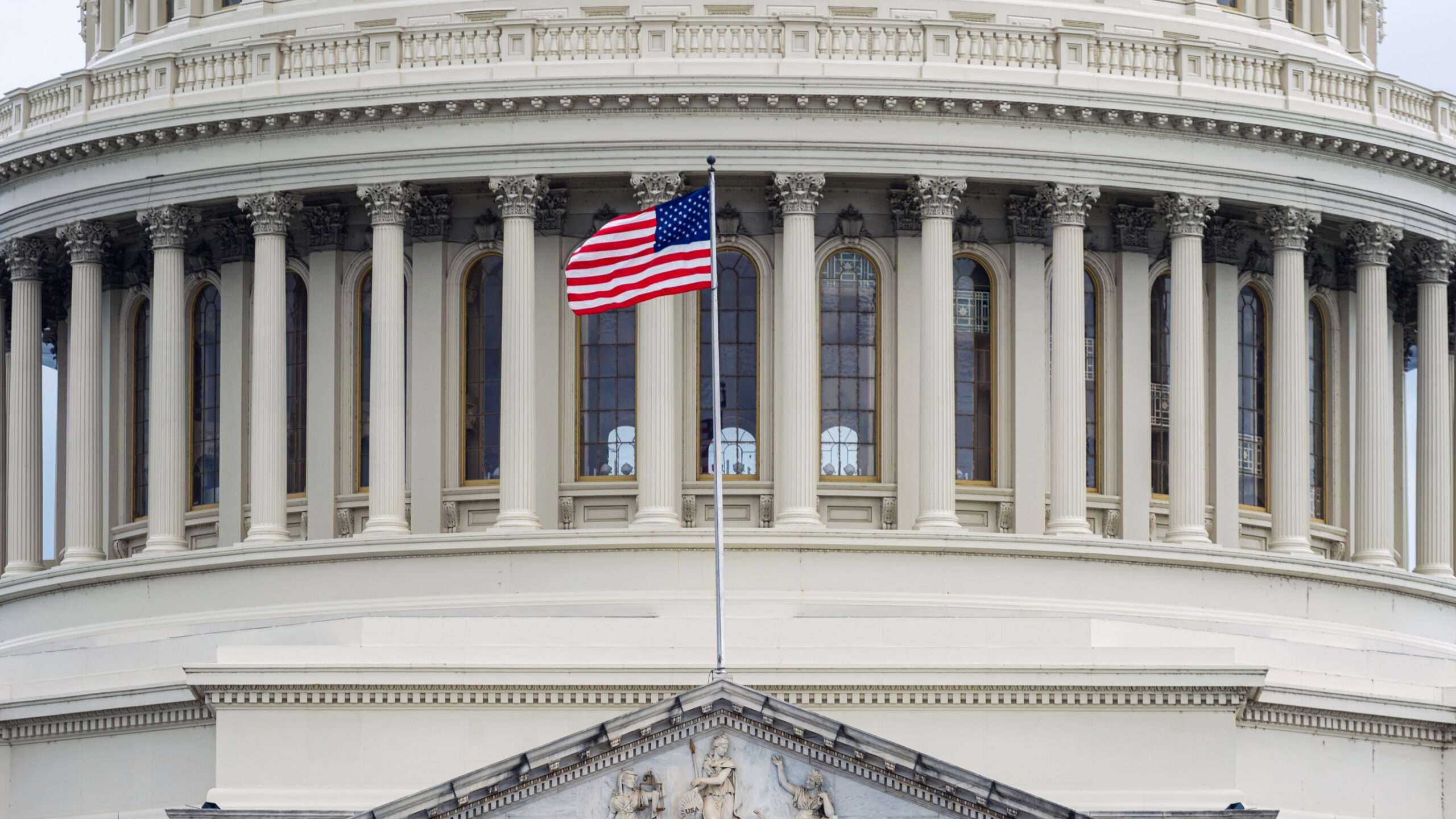By John R. Hansen, Advisory Board, Coalition for a Prosperous America
Yogi Berra once said, “It’s tough to make predictions, especially about the future.” That’s undoubtedly true in the complicated world of global trade.
But a look at America’s trade flows—and growing trade deficit— clearly indicates that a “strong dollar” has been a significant factor.
Case in point: The dollar has appreciated very significantly against the Euro since the start of the Great Recession and the Eurozone crisis. Instead of needing the roughly $1.50 that was required to buy a Euro at its peak in 2008, dollar-holders could buy a Euro for roughly $1.10 in December of 2016—a 33 percent appreciation of the dollar’s value in that time.
This sharp appreciation of the dollar relative to the Euro increased America’s trade deficit with the Eurozone countries by over 50 percent — from $82 billion to $124 billion in just eight years. As a result, America’s trade deficits with Eurozone countries rose from 10 to 17 percent of America’s total trade deficits!
A contributing factor in the dollar’s rise has been the impact of currency movements, particularly the steady purchasing of dollar-denominated assets—like U.S. bonds and stocks—by overseas consumers. Ignoring a bit of leakage due to trade denominated in Euros outside the Eurozone, the dollar’s movement against the Euro will continue to affect America’s trade balance with Eurozone countries. As the accompany chart demonstrates, a rising dollar has driven a rise in America’s trade deficits with Eurozone countries.
There’s a clear message here: America’s rising trade deficit with the Eurozone countries was highly and directly correlated with the dollar’s appreciation between 2008 and 2016.
Despite some bumps along the way, there is every reason to think that essentially the same correlation between the dollar’s exchange rate and U.S. trade deficits will hold if a currency remedy were implemented to slow the dollar’s rise, and help bring parity to its overall value. In response, advocates of domestic U.S. manufacturing have proposed a “Market Access Charge” that would apply a very small charge on the flood of foreign money driving the dollar higher. The goal of a MAC would be to move the dollar closer to its trade-balancing equilibrium exchange rate, thus making it more competitive in the global arena.
To be clear, a MAC alone will almost certainly not be enough to restore a tolerable U.S. trade balance with China. It’s important to recognize that Beijing’s continued mercantilism (ie. subsidies, dumping, non-tariff barriers) also contribute to America’s lopsided trade relationship with China. Consequently, various kinds of tariffs and other devices will also be needed to enforce globally agreed rules of fair trade.
The bottom line, though, is that exchange rates matter. And the dollar’s overvaluation has correlated clearly with America’s trade deficit. A MAC should therefore be considered as a highly effective instrument in America’s quest for balanced trade with the rest of the world.














